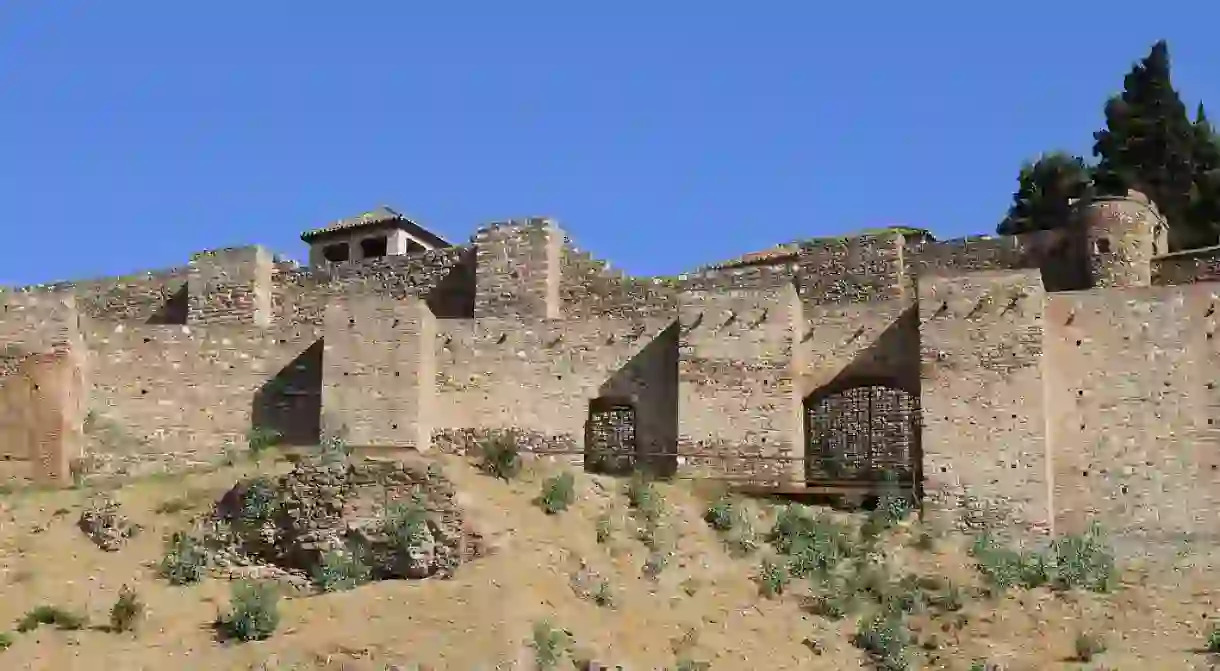Why Did the Famous Siege of Málaga Last So Long?

Though the four months of Málaga‘s 1487 siege were nothing compared to the epic 14th century counterpart at Algeciras, which lasted almost two years, they were long and interminable for its starving occupants. A fraught and complicated affair that ended with surrender to the Christian conquerors, the siege was a turning point in history. Since noted as one of the campaign’s most decisive victories, the question remains – why exactly did it last so long?
The setting
Any visitor to the remains of the battle’s two key architectural protagonists – the Alcazaba citadel and the Gibralfaro castle – will soon see the advantages they presented for those inside the siege. With commanding panoramic views of the ocean, Málaga itself and the surrounding mountainous scenery, the turrets of these two Moorish strongholds meant their occupants could see Christian armies advancing long beforehand. Yet this is only part of the story of why it proved so hard for the Christians to wrench Málaga from Moorish dominion.

Background
When the joint Catholic monarchs Ferdinand II of Aragon and Queen Isabella of Castille named Málaga as the key target of their 1487 campaign, it was the second city in the Emirate of Granada. Ruled over from Granada’s Alhambra fortress by Mohammed XIII – otherwise known as El Zagal – this was an extensive territory that comprised a large chunk of what is now the province of Málaga, extending east almost as far as Gibraltar and Algeciras. Through its busy commercial port, Málaga enjoyed strong trading relationships with the rest of the Mediterranean: it was therefore a crucial city for Ferdinand and Isabella to take.
The battle begins
In April 1487, Ferdinand led an army of almost 80,000 men – both on foot and on horseback – from Cordoba. Their first move was to capture Velez-Málaga, a small Moorish settlement about 30 miles to the east of Málaga, on April 27. In a sign of the stand-offs to follow, the king’s attempts to agree a peaceful surrender with Hamet el Zegri, the soldier in charge of Málaga’s defence, failed. His army marched towards the city from Velez-Málaga on 7 May.

Preparation was key
Part of the reason why Ferdinand would require much longer to take Granada’s second most important city is because its defenders knew he was coming. El Zegri – an experienced soldier who had been in charge of the defence of Ronda two years earlier – had sent out spies along the coast, who in turn had brought back news of the Christian army’s progress. The city was also well armed and boasted a legion of gomeres – tough and well-trained African soldiers.
The siege kicks in
Another factor was strategy. After his initial assaults on Málaga were rebuffed by the Moorish defenders, Ferdinand decided on a longer game – namely, to starve his enemy to surrender. After the first few weeks of fighting, Málaga’s food supplies began to dwindle rapidly; their assailants, on the other hand, had their strength replenished by two Flemish consignments ordered by the Holy Roman Emperor, Maximilian I.
Raising the stakes
Ferdiand soon tired of the waiting and inaction involved in his starvation strategy, though. He built siege towers around Málaga’s outer walls and from one of these gained crucial access to the city at the beginning of August. El Zegri saw the position was hopeless and retreated to the safety of the Gibralfaro, but Ferdinand’s victory was almost unavoidable by this point. Not quite desperate enough to have resorted to cannibalism, the Arabic residents of Málaga were nevertheless so low on food that they were eating cats and dogs and gnawing on cattle hides. On the 13th August 1487 the city surrendered, and the Catholic monarchs took the Alcazaba citadel five days later. El Zegri gave up the Gibralfaro the day after that.

The aftermath
At their wits’ end after the four-month siege, Ferdinand and Isabella were in no mood to treat their new subjects with leniency: the whole Arabic population of Málaga was sentenced to death or slavery. The only exceptions were the 25 families of the Alcazaba’s commander, Ali Dordux, who were allowed to remain in the city as Mudéjars. It was a brutal end for a population who, had they not run out of supplies, would no doubt have kept their Christian enemies at bay for much longer.













